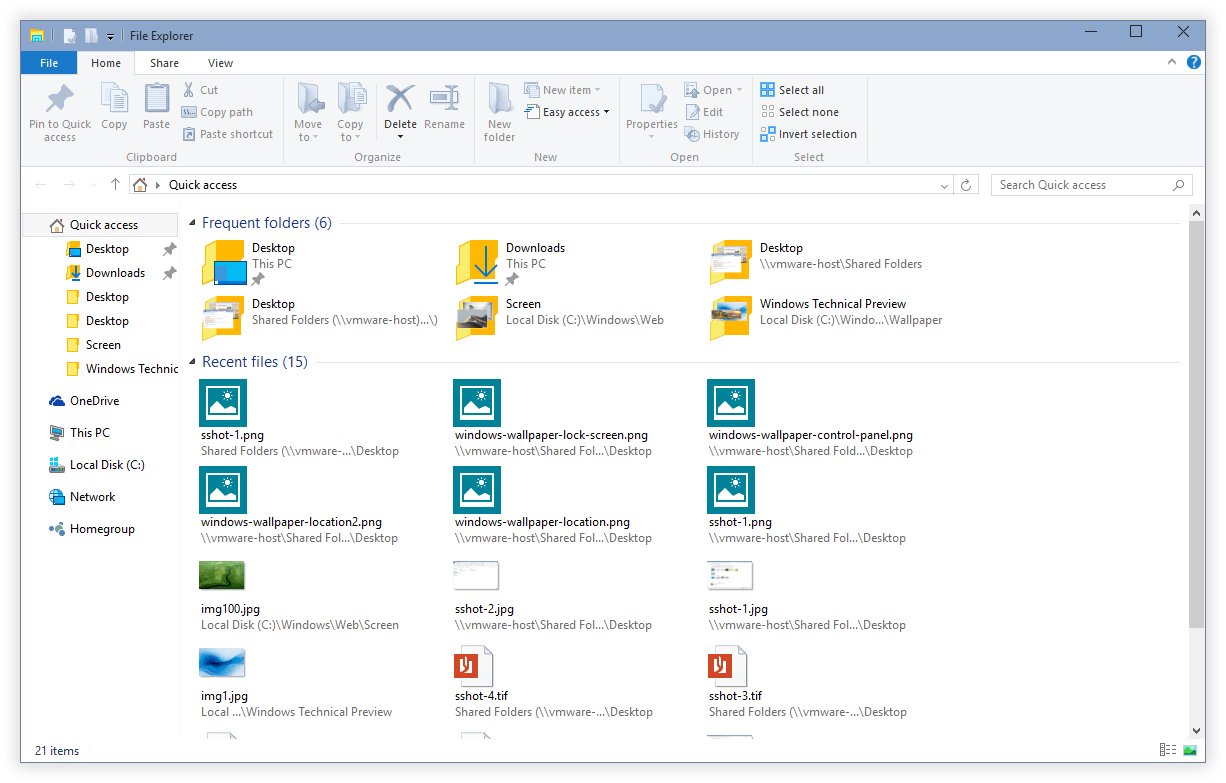
Windows has its default file manager called File Manager before Windows 95.With a file manager, users can view, edit, copy, cut, paste, rename and delete files/folders saved on a computer in a simple but effective way. What is a file manager? File manager, also called file browser, refers to a computer program that helps users manage all files and folders easily by providing a user interface. What Is the Best File Manager for Windows 10.Considering this, MiniTool lists some of the best file managers for Windows 10. But the problem lies in that most people don’t know which is the best file manager for them to choose. If people would like to organize/manage or locate their files and directories, they should get a good file manager to help them. If you prefer not to change the settings, you can also view the full path by clicking the icon on the left of the address bar.File manager is a very useful tool.

Once you complete the steps, the full path to the file or folder location will appear in the title bar of File Explorer. To show full location path in File Explorer, use these steps:Ĭheck the Display the full path in the title bar option.įile Explorer display full path in the title bar option How to display full path in title bar of File Explorer In this guide, you’ll learn the steps to display the actual full path of the current location in the title bar of File Explorer on Windows 10. The experience uses this view to make the path more user friendly and easier to navigate as you can also use the right-arrows to navigate parts other related locations. Although you can’t disable this behavior, if you prefer to see the actual path of the current location, File Explorer includes an option to show the full path in the title bar. On Windows 10, the address bar of File Explorer displays part of the path to the current location using the label of the drive and folders (for example, This PC > Local Disk (C:) > Users > Documents), instead of the full logical path (for example, C:\Users\username\Documents).


 0 kommentar(er)
0 kommentar(er)
